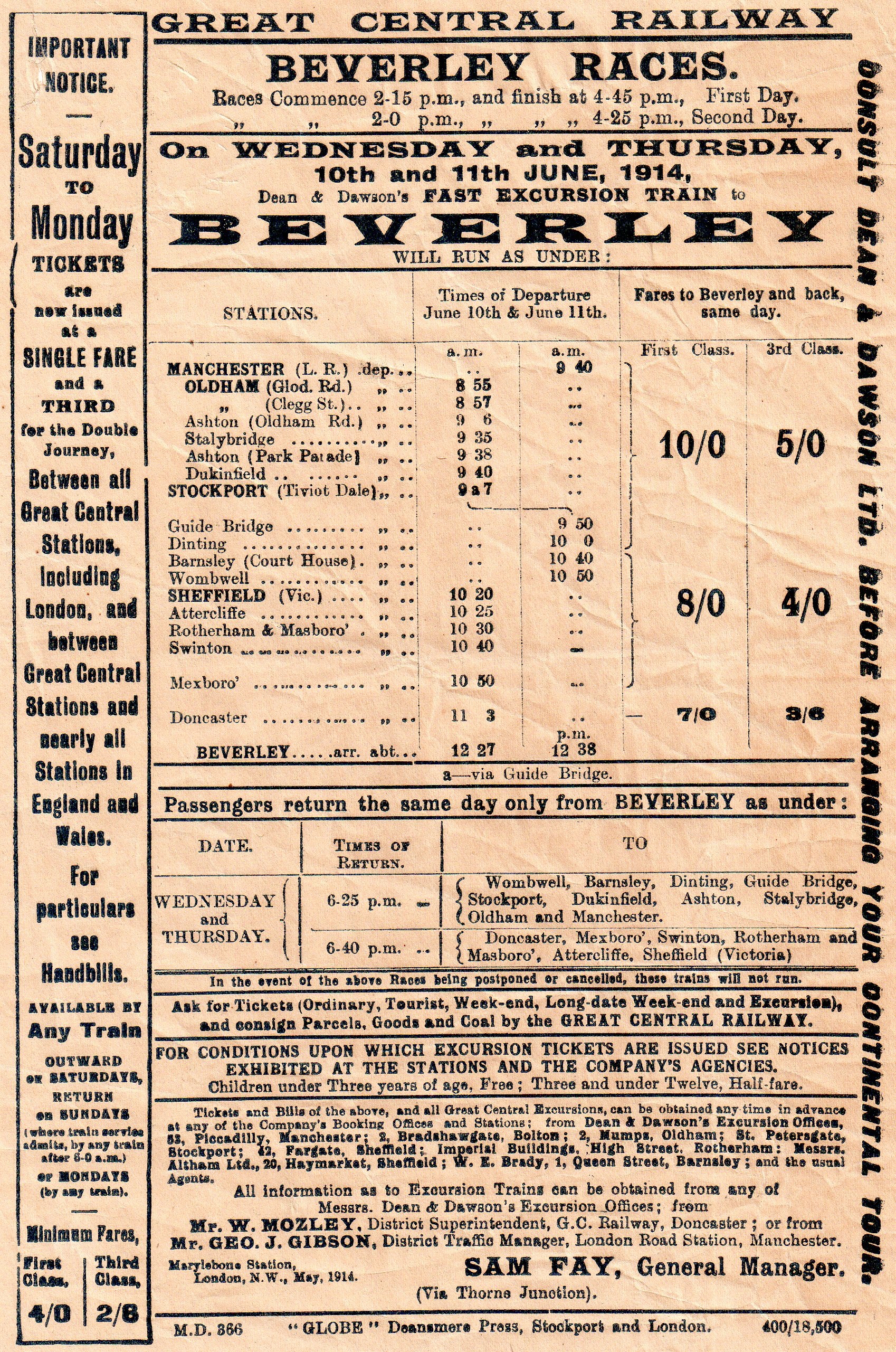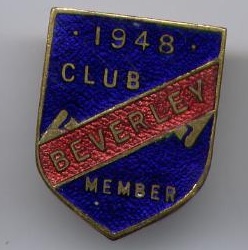
There is evidence that a permanent track existed in Beverley as early as 1690 on Westwood and Hurn meadows, and by 1740 Robert Norris was made Clerk of the Course at Beverley. The first results to be included in Baily's Racing Register were from the meeting held in early Spring 1730, with results shown below. A 3 day meeting was held in June 1731 and results from that meeting are spread throughout the scans of the Members badges illustrated below. The first grandstand was constructed in 1767, costing the grand sum of £1000 which was funded by money raised from the sale of 300 silver admission tickets which gained free entrance for life for its subscriber. At least three of the silver tokens have survived to this day, with one shown below. In 1813 Squire Watt, of nearby Bishop Burton, bred and trained numerous winners which included the St Leger winners Altisidora, Barefoot, Memnon and Rockingham. The great Blink Bonny won a two year old race at Beverley in 1856 prior to winning both the Derby and the Oaks the next year. In 1885 the Watt Memorial Plate was run for the first time, financed from a fund set up in memory of William Watt, the son of the famous trainer Squire Watt, who died in 1874. During both World Wars racing ceased, but four years after the end of the Second World War the new Member’s Stand was opened, although it took a further 18 years before The Earl of Halifax opened the Tattersall’s grandstand. Currently the course hosts 19 meetings annually.
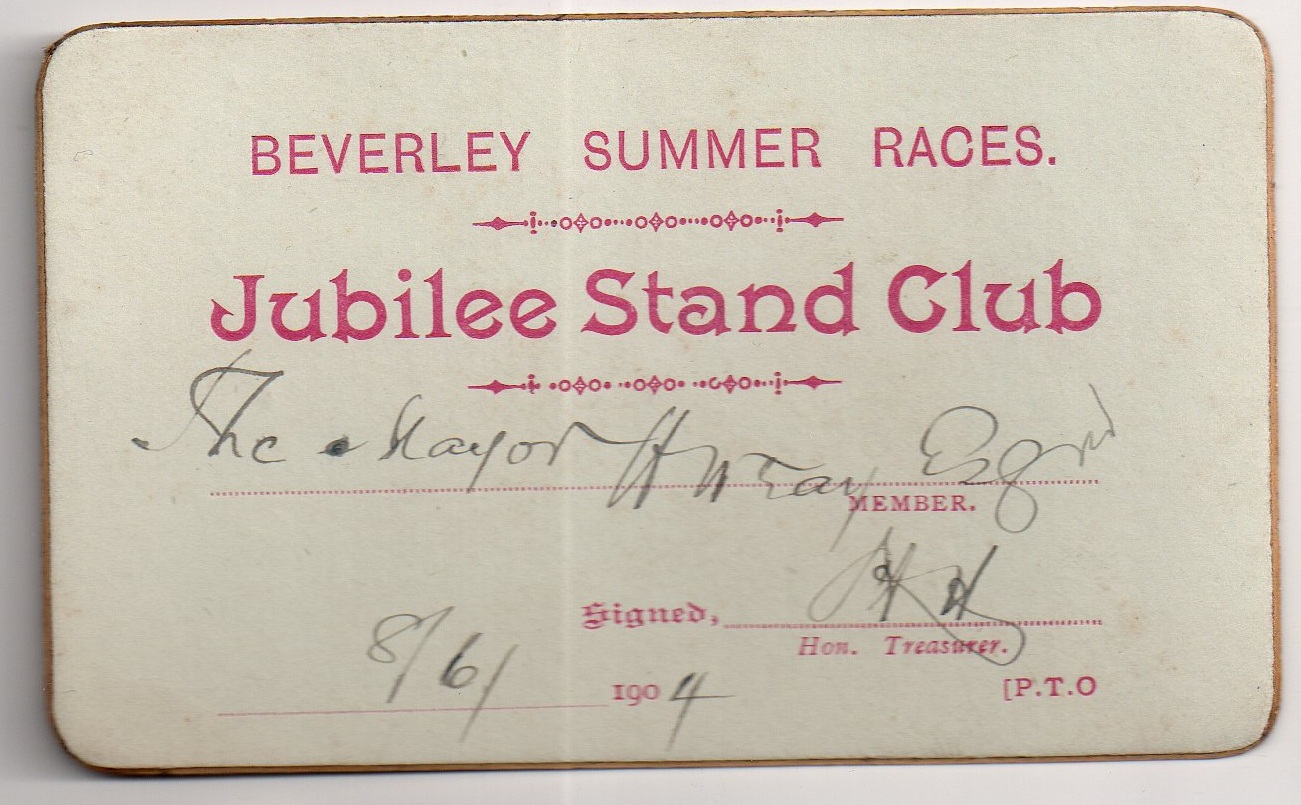
Early Spring meeting 1730
Beverley £10 Plate
1. Smiling Ball, chestnut horse owned by Mr Humberston
2. Smiling Tom, grey horse owned by Mr Gallant
3. Cuzzoni, bay mare owned by Lady Lowther
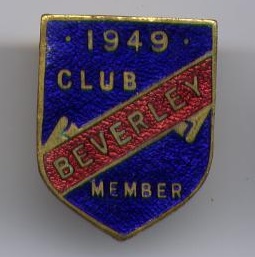


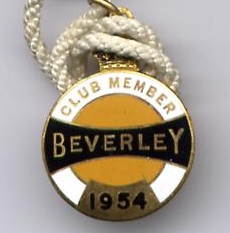
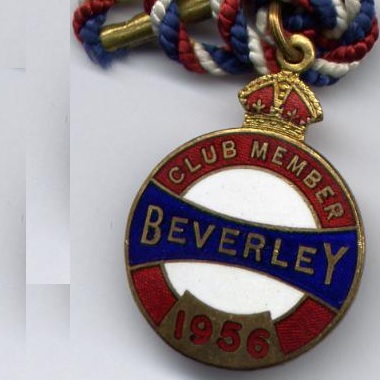


Although Kiplingcotes is not a racecourse today in the conventional sense, it does host a unique event each year on a picturesque course in the Yorkshire Wolds. The Kiplingcotes Derby claims to be the oldest continuously run race in the English racing calendar. It may well have been contested as early as 1519, although the earliest record of it taking place was in 1555. A certain Thomas Carter of Helperthorpe, a lowly herdsman, was giving evidence in court and claimed to have witnessed the race run at Kiplingcotes Ashe on Shrovetide 1555. Given that Easter for that year was on Sunday 14th April, and that the race has traditionally taken place on a Thursday, Shrove Thursday would have been on 28th February 1555. In the early part of the 16th century hunting gentlemen from the parish donated £355 for a Plate and a cash prize, free from an Act of Parliament, to be given to the winner of the Kiplingcotes Plate. Although the race was open to all horses, invariably the race was won by a thoroughbred. In later years this became a problem because any horse or rider taking part in the event was disqualified from entering any future race run under Jockey Club rules. Fortunately in 1985 the Jockey Club relented and made the Kiplingcotes Derby a unique exception to this rule. The actual racecourse at Kiplingcotes held its final meeting on 19th March 1789, but the Derby is still contested each year over a 4 mile course, starting near the former Kiplingcotes railway station and finishing at Londesborough Wold Farm.
Thursday 21st March 1751
Kiplingcotes Derby over 4 miles
1. Chocolate, bay horse owned by Mr Reed
2. Hackney, bay mare owned by Mr Watson
3. Merry Harrier, bay gelding owned by Mr Wilks
4. Dunkirk, bay horse owned by Mr Witty
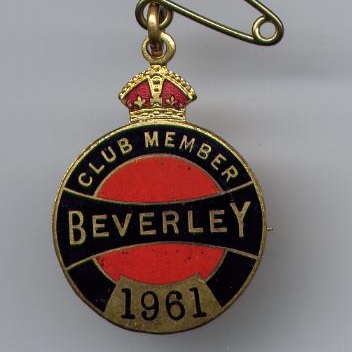
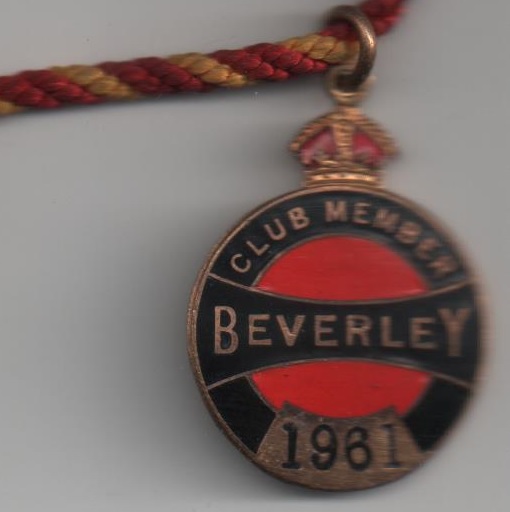
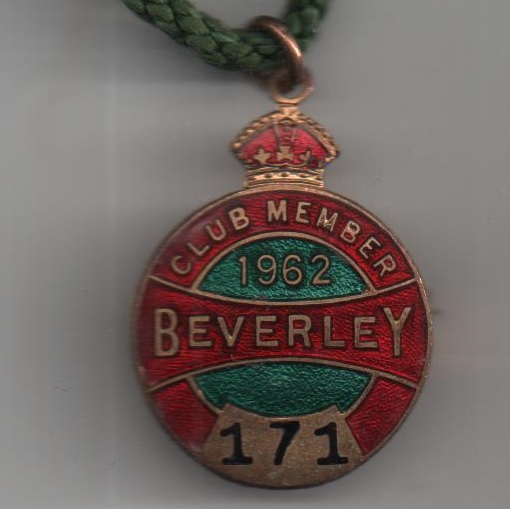
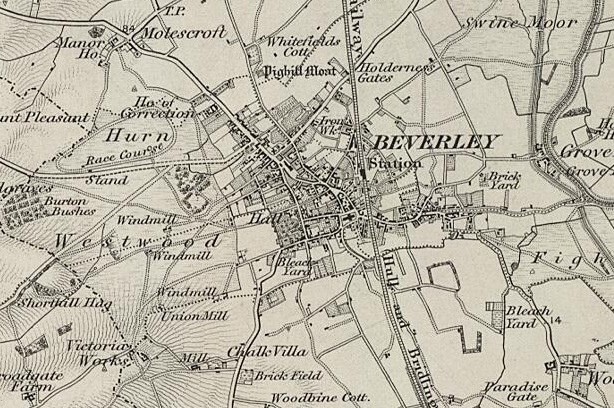
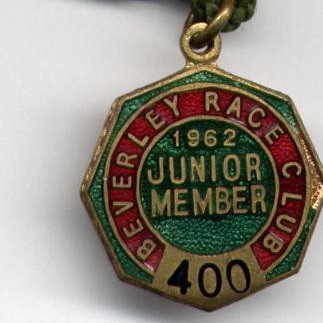


The very rare trophy below, which was presented to John Clarke, owner of Peggy Grieves Me, is shown courtesy of David Copland. It is hallmarked by Richard Green London 1726, and therefore could have been for the race at Beverley as early as 1727. Peggy Grieves Me ran in the 89th Royal Plate held at Newmarket on Tuesday 19th April 1726 when owned by Mr Craggs, while the next year Peggy Grieves Me was third in the 94th Royal Plate at Newmarket on Thursday 6th April 1727 when owned by the Duke of Hamilton. On 6th October 1727 Peggy Grieves Me contested a 500 Guineas Match at Newmarket, but was beaten by the Duke of Bolton's Camilla. On Friday 16th July 1728 Peggy Grieves Me, owned by Duke of Hamilton, won the Andover Gold Cup and a year later was second behind Infant in a Monmouth £30 Plate on Thursday 8th September 1730, but on that occasion was purportedly owned by Mr Neale. The mare was still going strong in 1733 when contesting the Durham 60 Guineas Plate in which, at that point owned by Mr Ingleby, she dead-heated with Cripple owned by Mr Bartlet.


The Silver Gilt trophy shown opposite stood at a height of 15 inches and was awarded to Mr Richardson, owner of Tutelina which won the Beverley Gold Cup over 4 miles on Thursday 7th June 1810, the middle day of a 3 day meeting stretching from Wednesday 6th to Friday 8th June 1810. It was a rather hollow victory because the 5 year old bay mare walked over to claim victory. However, on Friday 8th June 1810 Tutelina won the Beverley £50 Plate over 3 miles, beating Restless and Negro. Later that season she claimed 3 further victories, 2 at Preston Guild and one at York.
Friday 8th June 1810
Beverley £50 Plate, donated by the Town, over 3 miles
1. Tutelina, bay mare owned by Mr William Richardson
2. Restless, bay mare owned by Mr Nicholson
3. Negro, black mare owned by Mr Tanton
4. Peter Plymley, bay horse owned by Mr Tatton Sykes
5. Patience, chestnut filly owned by Mr Hutty
6. Sir Soloman, bay colt owned by Lord Scarborough
7. Barnaby, chestnut colt owned by Sir H Nelthorpe
8. Beningborough, chestnut filly owned by Mr Dunsley
9. Delphus, chestnut colt owned by Mr Heseltine

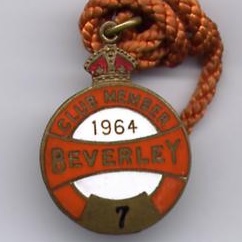

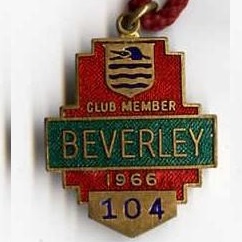
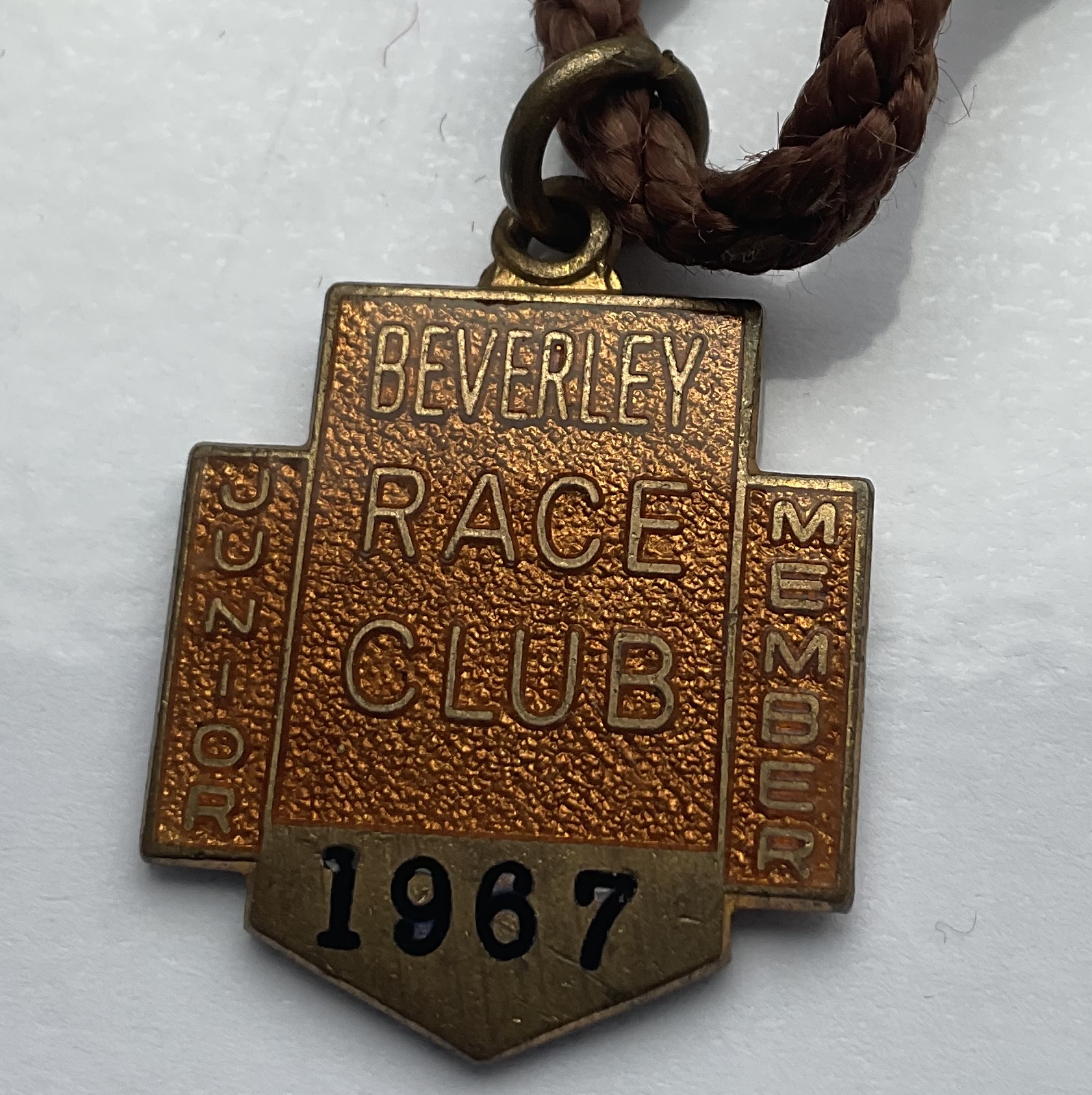
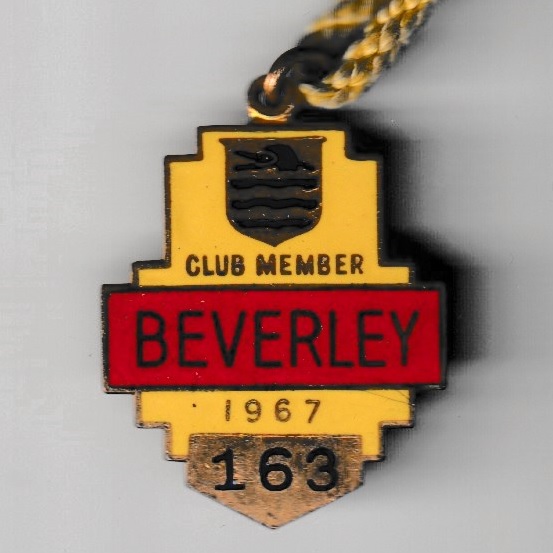
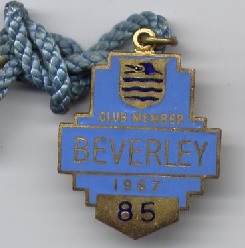
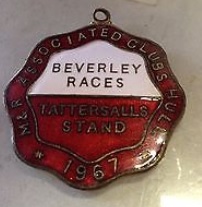

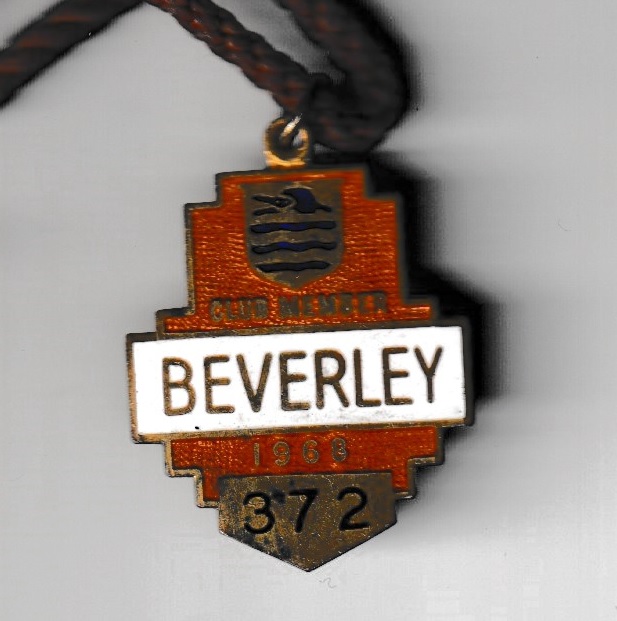
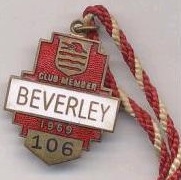
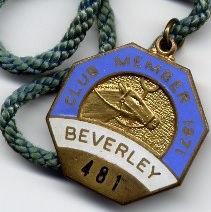

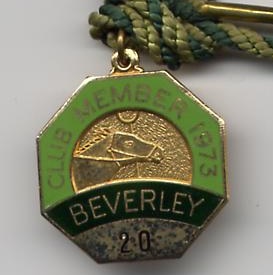
Tuesday 8th June 1731
Beverley 25 Guineas Plate
1. Whitenose, bay horse owned by Mr Heneage
2. Milkmaid, bay filly owned by Mr Witty
Thursday 10th June 1731
Beverley 20 Guineas Purse
1. Careless, bay horse owned by Mr Thompson
2. Gander, chestnut horse owned by Mr North
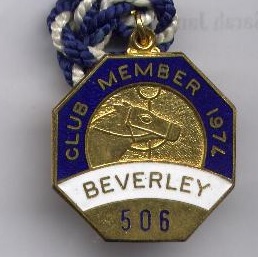

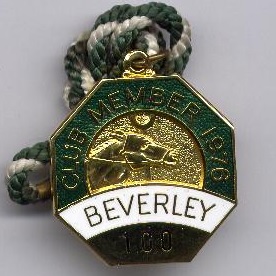
Beverley 20 Guineas 4 year old Purse
1. Vulpone, bay colt by Fox owned by Mr Fawcet
Vulpone defeated a field of 6 others
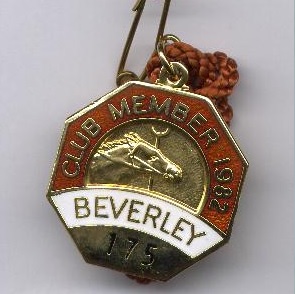
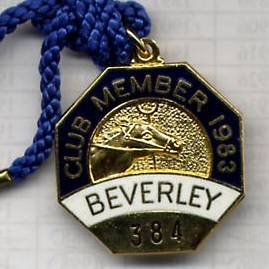


As well as staging Flat racing from 1690, Beverley also hosted a steeplechase and hurdle meeting in 1854. Planning for the one-off meeting began in December 1853, with the meeting originally scheduled for Friday 10th March 1854. However, the organisers realized that the date clashed with a steeplechase meeting at Wetherby, so they moved their event to the following Friday.
Friday 17th March 1854
Beverley Steeplechase Sweepstakes over 4 miles of hunting country
Sponsored by Lord Londesborough for 50 Guineas
- Olive Egg, grey gelding owned and ridden by Mr Darby
- Multum in Parvo, bay mare owned and ridden by Mr W Hobson
- Tally Ho, brown horse owned by Mr J Simpson and ridden by Elrington
- Stainforth, bay gelding owned by Mr J Richardson
- Black Knight, bay gelding owned by Mr W Bainton
- Kalafat, bay horse owned by Mr Riby Nicholson
- Pirate, bay horse owned by Mr Smith Whiting
- AB, chestnut horse owned by Mr H Lambert
The winner won by 6 lengths, with a neck between second and third.
Beverley 40 Guineas Selling Hurdle Stakes
- Lucifer, bay gelding owned by Mr H Lambert and ridden by Elrington
- Mixed Up, bay filly owned by Mr Styan
- AY, bay gelding owned by Captain Haworth
- Tulip, chestnut gelding owned by Mr Lister
The Beverley Stand Stakes
- Friendless Boy, brown gelding owned by Mr Pickering
- The Twin, bay mare owned by Mr J Marson
- Criterion, bay colt owned by Mr Lister
- Miss Chance, brown filly owned by Mr Freeman
- Smuggler Bill, chestnut gelding owned by Captain Haworth
- Exhibition, bay colt owned by Mr Oxley
- Miss Fisher, bay filly owned by Mr J Dunn
- Julius Caesar, chestnut colt owned by Mr J Dawson
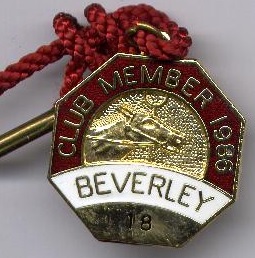
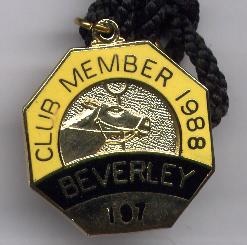

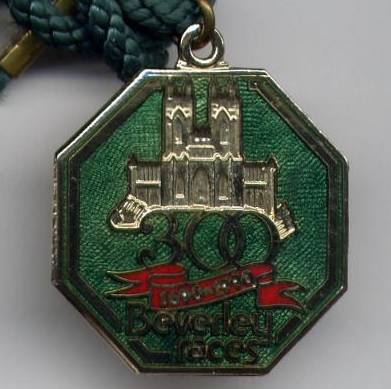
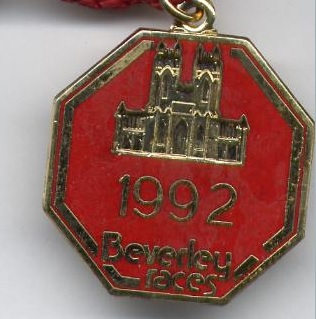


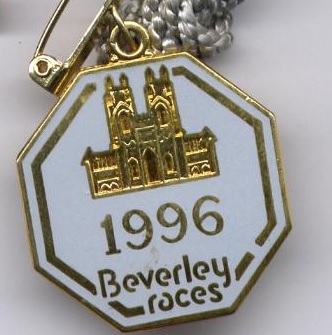
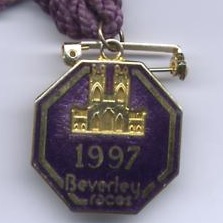
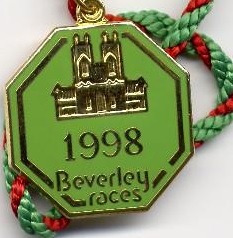


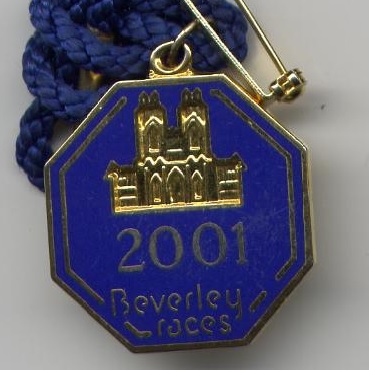


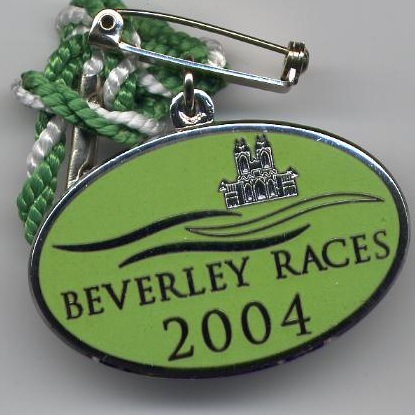
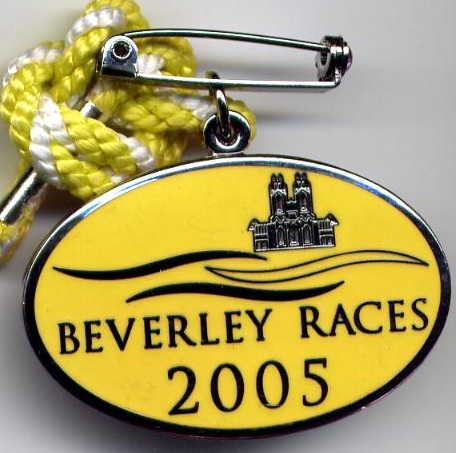
Beverley's most prestigious race is the Beverley Bullet Sprint Stakes over 5 furlongs which was first contested in 2004 and takes place annually in late August or early September. A full list of previous winners is shown below:-
2004 The Beverley Bullet over 5 furlongs was won by Chookie Heiton, a 6 year old trained by Ian Semple and ridden by Tom Eaves
2005 The Beverley Bullet over 5 furlongs was won by Chookie Heiton, a 7 year old trained by Ian Semple and ridden by Tom Eaves
2006 The Beverley Bullet over 5 furlongs was won by Baltic King, a 6 year old trained by Hughie Morrison and ridden by Kevin Darley
2007 The Beverley Bullet over 5 furlongs was won by Hellvelyn, a 3 year old trained by Bryan Smart and ridden by Ted Durcan
2008 The Beverley Bullet over 5 furlongs was won by Look Busy, a 3 year old trained by Alan Berry and ridden by Slade OHara
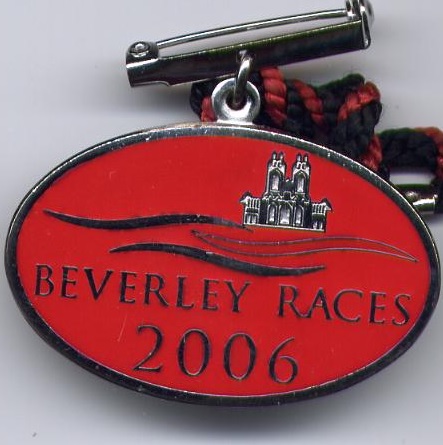
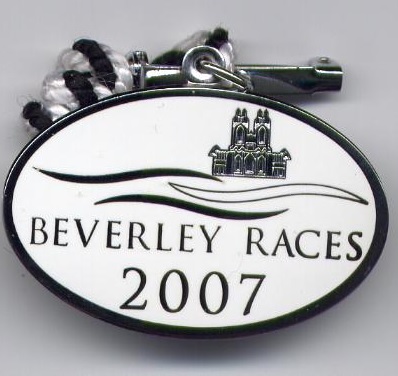



2009 The Beverley Bullet over 5 furlongs was won by Exceptional Art, a 3 year old trained by David Nicholls and ridden by Franny Norton
2010 The Beverley Bullet over 5 furlongs was won by Mister Hughie, a 3 year old trained by Mick Channon and ridden by Sam Hitchcott
2011 The Beverley Bullet over 5 furlongs was won by Tangerine Trees, a 6 year old trained by Bryan Smart and ridden by Tom Eaves
2012 The Beverley Bullet over 5 furlongs was won by Borderlescott, a 10 year old trained by Robin Bastiman and ridden by Freddie Tylicki
2013 The Beverley Bullet over 5 furlongs was won by Stepper Point, a 4 year old trained by William Muir and ridden by Martin Dwyer

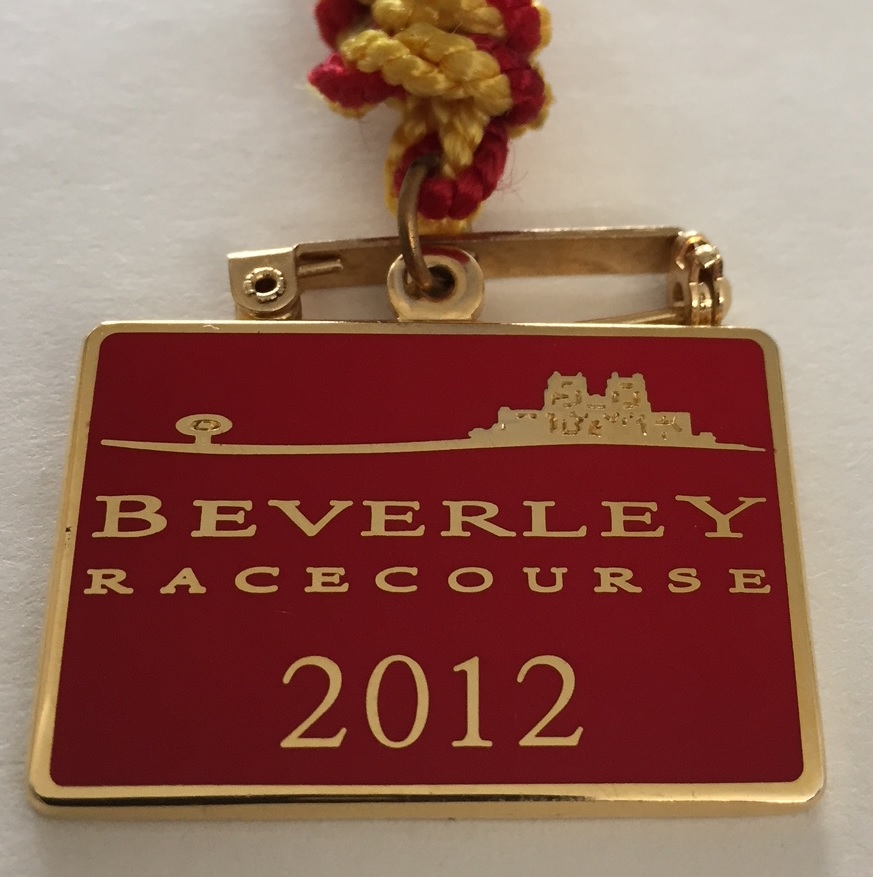


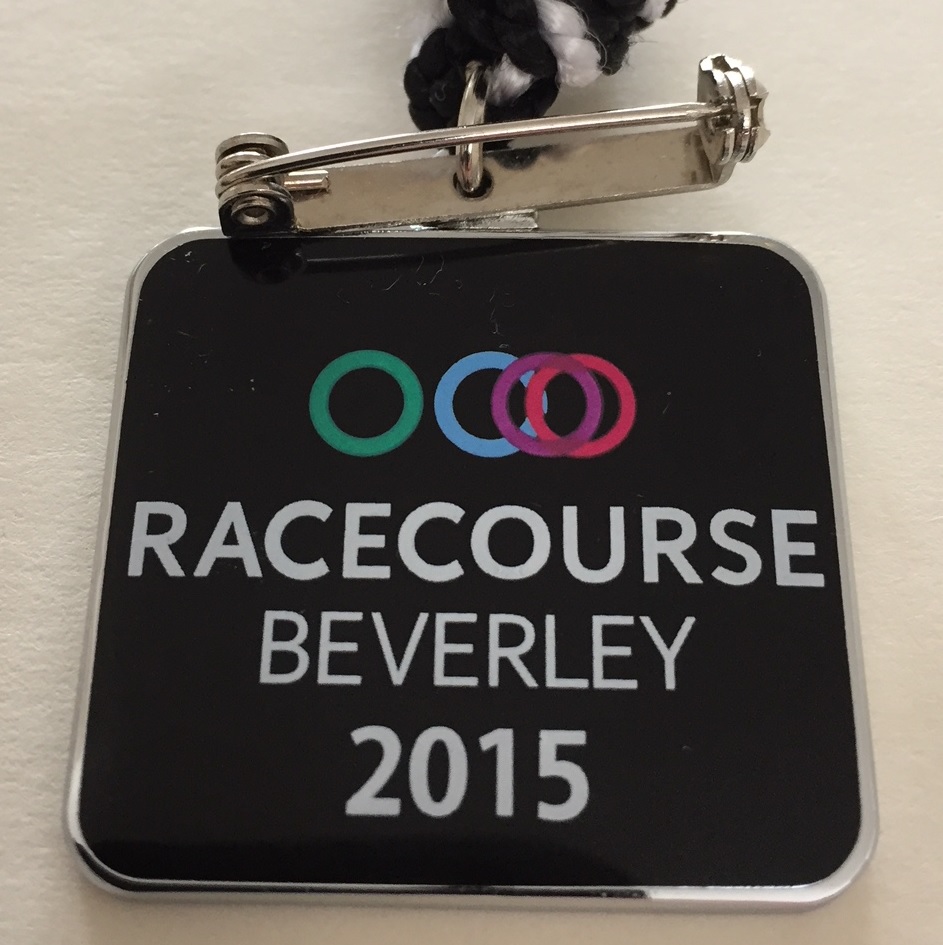
2014 The Beverley Bullet over 5 furlongs was won by Pearl Secret, a 5 year old trained by David Barron and ridden by Jamie Spencer
2015 The Beverley Bullet over 5 furlongs was won by Maarek, a 8 year old trained by Evanna McCutcheon and ridden by Jamie Spencer
2016 The Beverley Bullet over 5 furlongs was won by Alpha Delphini, a 5 year old trained by Bryan Smart and ridden by Connor Beasley

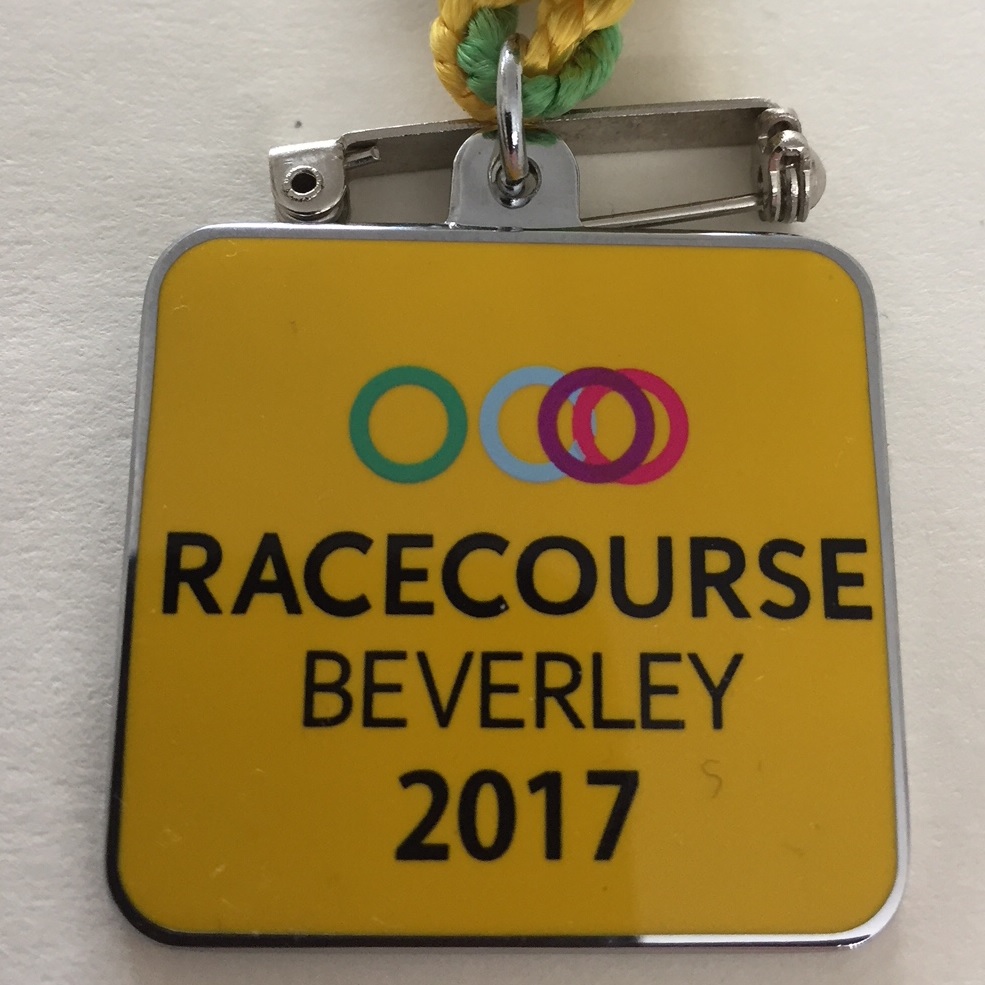



2017 The Beverley Bullet over 5 furlongs was won by Take Cover, a 10 year old trained by David Griffiths and ridden by Tom Queally
2018 The Beverley Bullet over 5 furlongs was won by Take Cover, a 11 year old trained by David Griffiths and ridden by David Allan
2019 The Beverley Bullet over 5 furlongs was won by Judicial, a 7 year old trained by Julie Camacho and ridden by Joe Fanning
